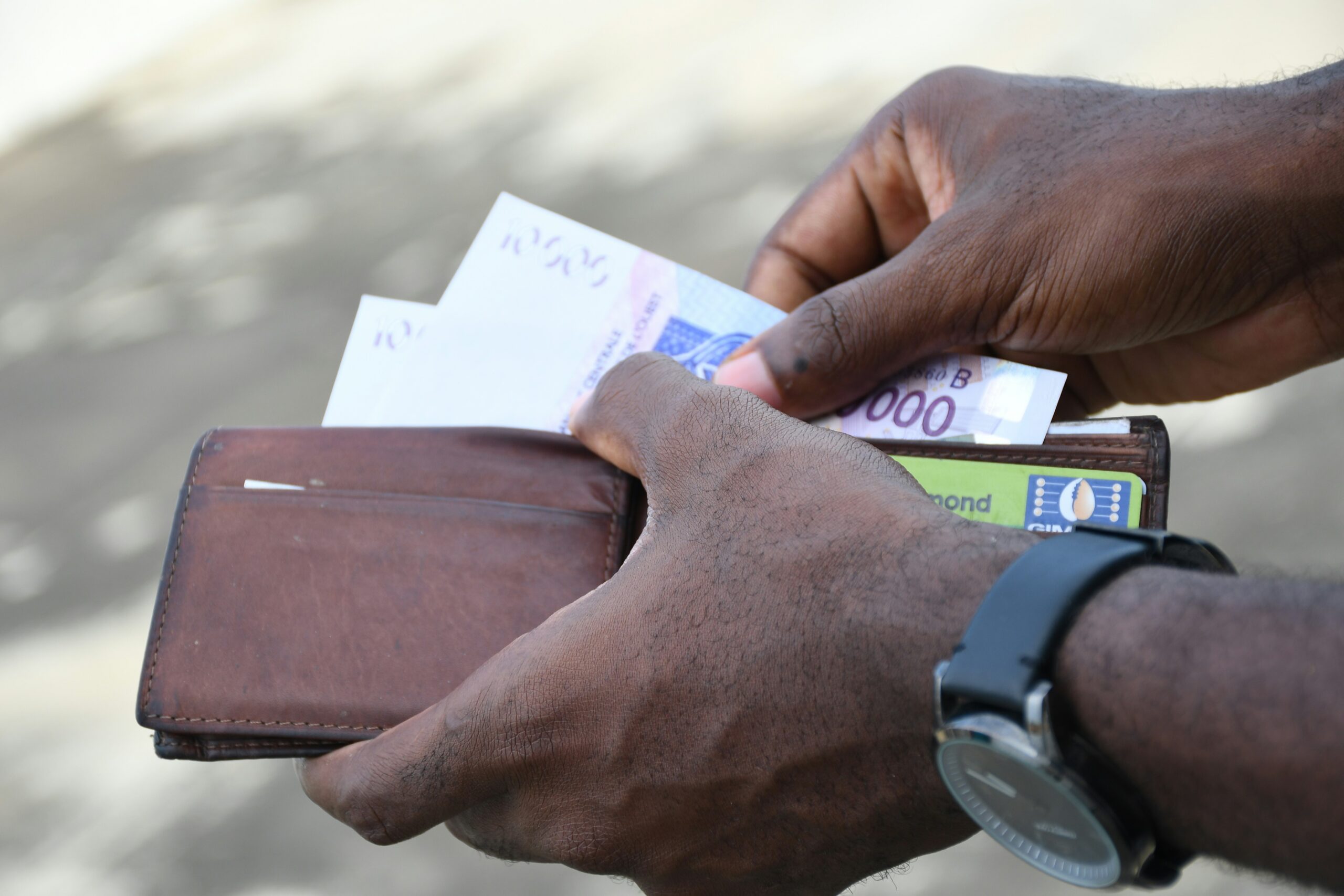South Africa’s health outcomes mark great strides towards universal health coverage (UHC). World Bank Group data show that by 2022, life expectancy rose from 58 in 2000 to 61 years and under 5 mortality dropped from 71 to 35 deaths per 1000 live births. Whereas, maternal mortality fell from 173 to 127 deaths per 100,000 live births by 2020. The country still faces a high burden of HIV/AIDS, tuberculosis and a growing burden of noncommunicable diseases. As a report on the quality of health care in South Africa explains, people in poverty are disproportionately affected (see pages 5-6).
South Africa's fragmented health system and access
Historical inequalities in South Africa led to a two-tiered and significantly fragmented health system based on socioeconomic status, according to a household survey. This resulted in unequal access to health care, with the public sector serving the 71.5% of the population who cannot afford private health care.
- The public health system, primarily funded by taxes, provides free primary health care services for all, according to a report on primary health care in South Africa. The report elaborates: hospital-level care is highly subsidized; and public health services, especially primary health care services, face quality challenges due to inadequate funding, staff shortages, drug stockouts, and other limitations.
- The private sector caters to individuals with medium-to-high incomes and serves approximately 27% of the population. The private sector, according to the report cited above, is largely funded by private medical schemes and out-of-pocket spending, providing many benefit option packages. The report explains the depth and breadth of coverage in the private sector is based on income and ability to pay and offers quicker access to services than does the public sector.
South Africa has tried to increase the share of domestic health resources from 51.33% to 60.38% in 2021, according to a study reported in Development Southern Africa. In 2021, the country’s per capita expenditure of US$ 583.67 exceeded the average per capita expenditure in middle-income countries. Nevertheless, the authors add, disease burden and financial and nonfinancial resources have not improved. They conclude: for the majority of South Africans, the cost of medical schemes is a barrier, with only 16% of the population covered by a medical scheme.
Aiming for UHC through national health insurance
South Africa’s constitution guarantees every citizen access to health services through the public and private health sectors, yet inequalities persist. To address them and advance UHC, the NHI bill was signed into law on 15 May 2024, aiming to introduce a legislative framework directed at creating a single framework for public pooling and strategic purchasing of high quality and accessible health care for all citizens regardless of socioeconomic status, based on equity and social solidarity.
NHI will operate as a strategic purchaser of personal health services for the population, with contributions from employers and employees that will be pooled. South Africa’s minister of health stated that this “sets us on a course that enables us to guarantee that every South African will have the right to access comprehensive healthcare services, free at the point of use”.[1]
[1] South African Government, Minister Joe Phaahla: President’s signing of National Health Insurance Bill



